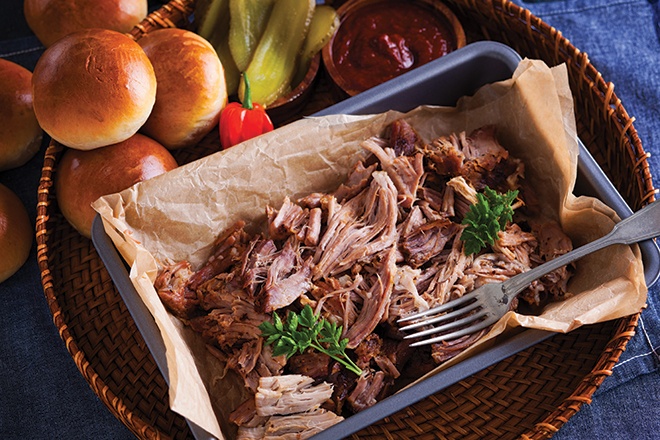Boar taint is one of the main reasons consumers may have product failure rates. Immunocastration is one of the tools producers can use to deal with off-odour and off-flavour issues in pork.
However, while approximately 60 percent of the Australian herd utilises IC in their production, the remaining portion may not use this technology due to the perception that the costs outweigh the benefits.
With this in mind, Australian Pork Limited has run a comprehensive benefit cost analysis, completed in October 2021. The research considered the industry-wide benefits and costs for producers and consumers of IC of pigs.
Costs associated with IC accounted for in the study
- The costs of the vaccine
- Additional labour costs
- Added costs in processing caused by potential abscess formation at the vaccine site – the costs associated with abscesses include product downgrades or stopping the slaughter line for cleaning.
Benefits associated with IC accounted for in the study
- A reduction in consumers having poor eating experiences of fresh pork
- Potential benefits of avoiding customer loss through reducing the occurrence – and risk of occurrence – of having an unsatisfactory experience preparing and eating pork
- Potential increasing demand above what it would be with the continuation of poor experiences and the known risk of poor experiences with boar-tainted pork.
This analysis is unable to determine the exact loss or gain in demand that may occur due to less prevalence of boar-tainted pork resulting from increased use of IC. This study has evaluated the net benefit under different scenarios of adoption, cost of the technology and changes in demand.
Results
For different scenarios, a range of benefit cost ratios have been calculated. These scenarios included two different costs of implementing IC at producer level ($/kg IC cost) and the percentage of annual total pork demand that has to be either retained or increased. Results suggested that the sooner IC is fully adopted, the better the investment in IC for the Australian pork industry.
In the best case, only 0.5 percent of pork consumption is required to be retained or gained due to lower incidence of bad smell or taste. This would be as a result of the elimination of boar taint in 100 percent of the national herd. If the adoption of IC takes time – five years – or if it is never fully adopted, depending upon on the size of demand gained or retained, it could still be a good investment.
The results of the benefit cost analysis were tested using an equilibrium displacement model of the Australian pig industry:
- The EDM confirmed that only small changes in demand are required to offset the industry-wide costs of an expansion in the use of immunocastration
- The EDM suggests once the effects of added costs and benefits of widespread use of IC have worked their way through the value chain, most of the costs and the benefits end up with consumers – pig producers receive 12 percent of total benefits and costs, value chain participants receive 9 percent of total benefits and costs, consumers receive 79 percent benefits and costs
- Importantly, net economic surplus to the industry is highly likely to be increased.
This research concluded an increased use of IC in Australia’s pig industry reduces the prevalence and risk of boar taint, and poor preparation and eating experiences associated with boar taint.
IC adoption has a very high likelihood of delivering a net benefit to industry participants and the total benefits will exceed the costs of implementation, resulting in both consumers and producers being benefitted.
For further information on this report or for the full copy of final report, contact Dr Vaibhav Gole on 0436 934 763 or email vaibhav.gole@australianpork.com.au







